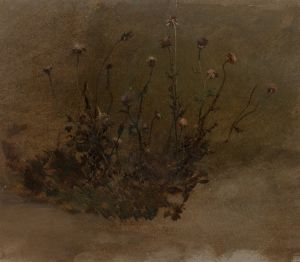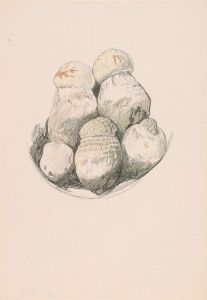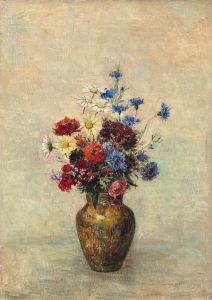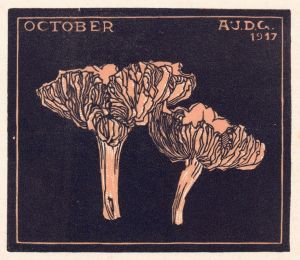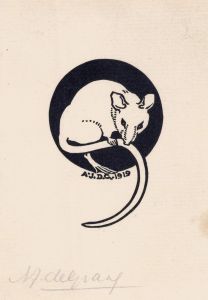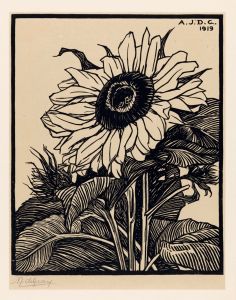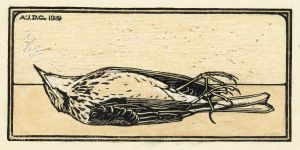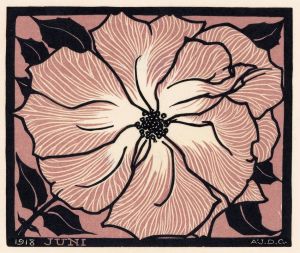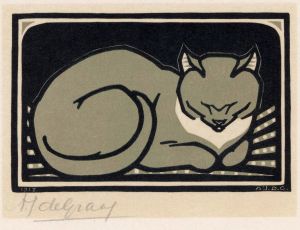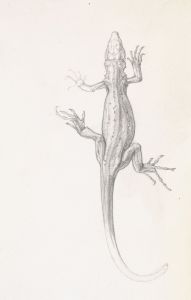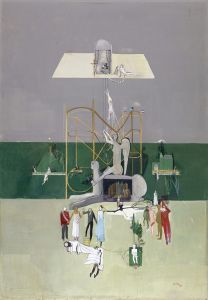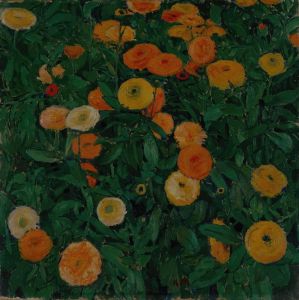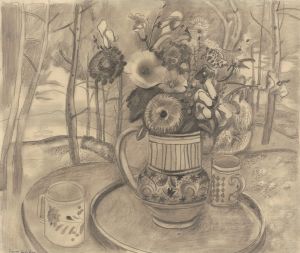
Kastanjeblad
A hand-painted replica of Julie de Graag’s masterpiece Kastanjeblad, meticulously crafted by professional artists to capture the true essence of the original. Each piece is created with museum-quality canvas and rare mineral pigments, carefully painted by experienced artists with delicate brushstrokes and rich, layered colors to perfectly recreate the texture of the original artwork. Unlike machine-printed reproductions, this hand-painted version brings the painting to life, infused with the artist’s emotions and skill in every stroke. Whether for personal collection or home decoration, it instantly elevates the artistic atmosphere of any space.
Julie de Graag (1877–1924) was a Dutch artist known for her graphic works, including woodcuts, linocuts, and drawings. Her art is characterized by its simplicity, precision, and strong use of black-and-white contrasts. One of her notable works is Kastanjeblad (Chestnut Leaf), a woodcut that exemplifies her meticulous attention to detail and her affinity for natural subjects.
Kastanjeblad was created in 1919 and is a striking example of de Graag's ability to distill the essence of her subject matter into clean, geometric forms. The artwork depicts a single chestnut leaf, rendered with sharp lines and a balanced composition. The leaf's veins and structure are carefully emphasized, showcasing de Graag's skill in capturing the intricate patterns found in nature. The stark contrast between the black ink and the white background enhances the visual impact of the piece, a hallmark of her graphic style.
Julie de Graag's work often reflects the influence of the Arts and Crafts movement, which emphasized craftsmanship and a return to traditional artistic techniques. Her focus on natural forms and her use of woodcut as a medium align with the movement's ideals. De Graag was also associated with the Hague School, a group of Dutch artists who valued simplicity and realism in their work.
Despite her talent, Julie de Graag's career was relatively short. She struggled with health issues and depression throughout her life, which ultimately led to her untimely death in 1924. Her body of work, though limited in quantity, has been recognized for its artistic quality and its contribution to early 20th-century Dutch art.
Kastanjeblad is housed in the collection of the Rijksmuseum in Amsterdam, which holds several of de Graag's works. The museum's acquisition of her pieces has helped preserve her legacy and introduce her art to a wider audience. Today, her work is appreciated for its clarity, elegance, and the way it captures the beauty of the natural world in a minimalist yet powerful manner.





